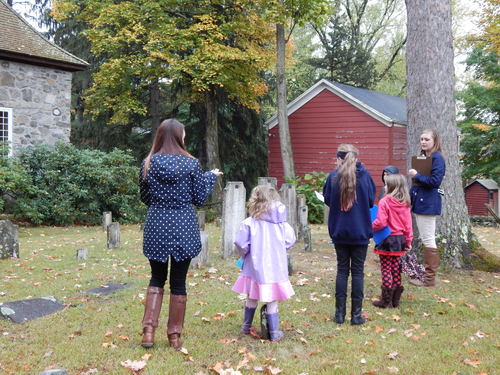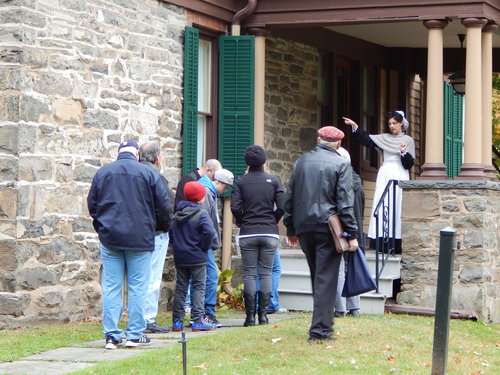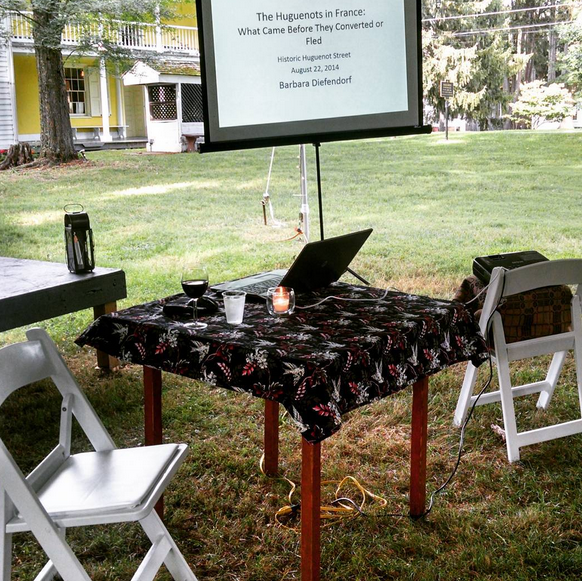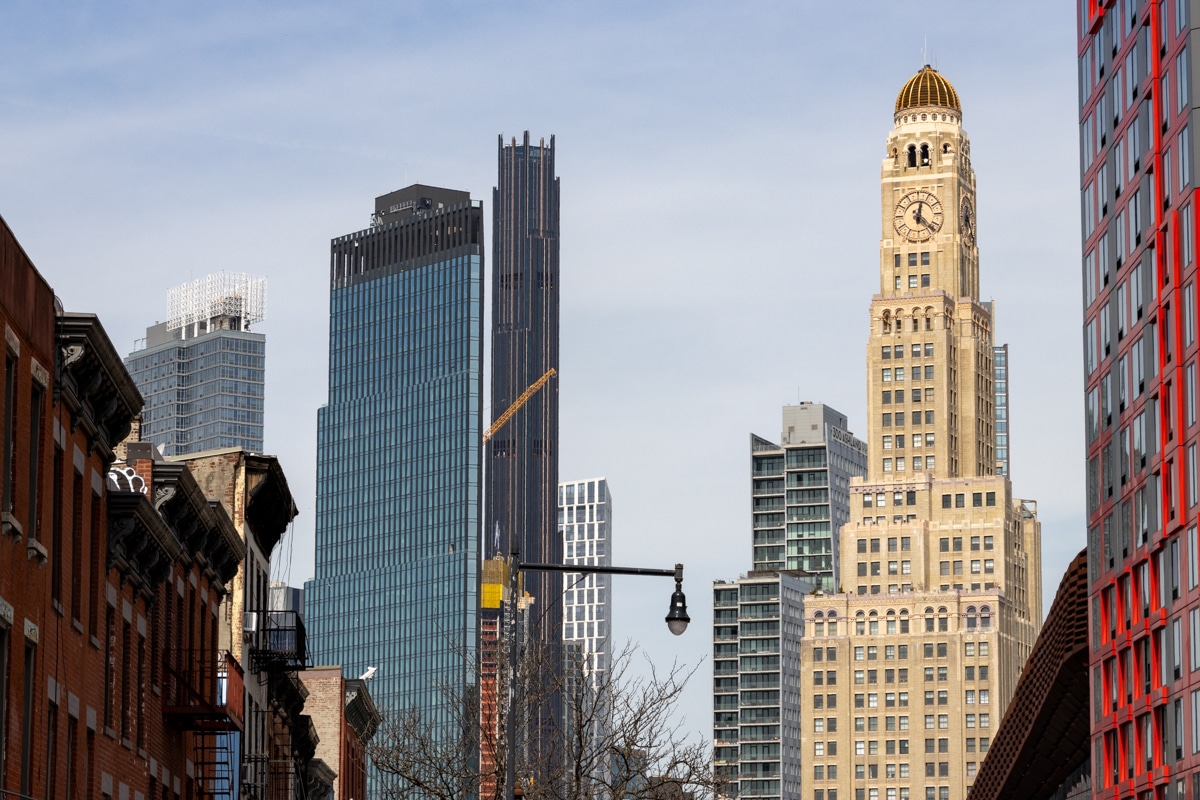
Are you a Home Professional? Join Today
Business Hours
About
Their enemies called them heretics. They called themselves reformers. We know them as the Huguenots. Followers of Protestant theologian John Calvin, a group of Huguenots from northern France and what's now southern Belgium, sought safety from persecution by the Catholic church and its allies in Europe in the 1600s, first by fleeing to die Pfalz in southwestern Germany, and then to America. In 1678, hoping to protect their religion and culture, they established a community on the banks of the picturesque Wallkill River in the Mid-Hudson Valley of New York, having been granted 30,000-acres by the English government that stretched from the Hudson River to the Shawangunk Mountains. That community grew and prospered, becoming the dynamic town of New Paltz.
Today a National Historic Landmark District, Historic Huguenot Street encompasses 30 buildings across 10 acres that was the heart of the original settlement, including seven stone houses that date to the early eighteenth century. It was originally founded in 1894 by the descendants of the first settlers as the Huguenot Patriotic, Historical, and Monumental Society to preserve what remained of their French and Dutch heritage. Since then, Historic Huguenot Street has grown into an innovative museum, chartered as an educational corporation by the University of the State of New York, that is dedicated to protecting our historic buildings, conserving an important collection of artifacts and manuscripts, and promoting the stories of the Huguenot Street families, from the sixteenth century to today.
Today a National Historic Landmark District, Historic Huguenot Street encompasses 30 buildings across 10 acres that was the heart of the original settlement, including seven stone houses that date to the early eighteenth century. It was originally founded in 1894 by the descendants of the first settlers as the Huguenot Patriotic, Historical, and Monumental Society to preserve what remained of their French and Dutch heritage. Since then, Historic Huguenot Street has grown into an innovative museum, chartered as an educational corporation by the University of the State of New York, that is dedicated to protecting our historic buildings, conserving an important collection of artifacts and manuscripts, and promoting the stories of the Huguenot Street families, from the sixteenth century to today.
What can we do for you?
Send us an email to get a quote, schedule an appointment or learn more.








